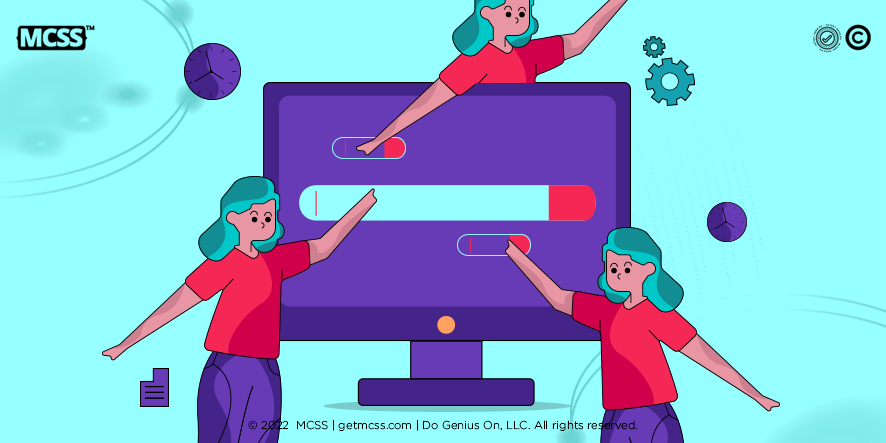The average mobile app takes between three and nine months to develop. During that time, markets may shift, products launch and priorities evolve in ways that can derail an app’s development timeline.
After launch, the work’s not done. Updates and support are ongoing. If you’ve opted for the versatility and user friendliness of a native app, code has to be written for iOS and Android, with additional time to ensure the versions are cohesive.
In the past, companies often hire a robust development team to meet project needs, but in today’s job-seeker’s market, staffing can be daunting. I speak from experience throughout my career: it can feel like a Herculean task to keep app development on a timeline without adding staff.
What solutions are available to businesses struggling to build and update apps in a timely manner? The good news is, even without a dedicated development team, there are ways to streamline mobile-app creation.
Proper planning prevents poor performance. Before development begins, draw clear boundaries for the project. Taking ample time for the discovery can define expectations and keep staff working efficiently. During planning, the team can also outline ways to keep an app evergreen, so it’s just as relevant in concept as when it launches in a few months. I can’t stress enough not to shortchange the planning process.
Use tools that help with the heavy lifting, like React, the JavaScript library designed to build app interfaces quickly. Developed by Facebook/Meta in the teens as an answer to their own mobile-app needs, React has always been on the cutting edge of app development. However, as app trends demand higher speed and access to mobile-device resources, apps built with React can run into limitations that native apps won’t. If you’re dealing with a robust application that needs to keep up with operating-system updates, won’t slow down your app, and will benefit from optimal access to phone features, a native app is the way to go.
In the past, native apps required a level of tedium that could be especially cumbersome for lean teams. Take, for example, the need to manually apply properties to each object within an app. If your app has 20 call-to-action buttons with white text on a black background, those colors have to be assigned 20 times. If you want to update the button color, the process has to be repeated 20 more times.
As of 2021, there’s another option: Mobile Cascading Style Sheets (MCSS). With MCSS, updating the properties of 20 buttons takes one change, not 20, and doesn’t require separate coding for iOS and Android. This free coding library recognizes around 70% of CSS code, so MCSS files can be created based on website CSS files, creating baseline designs for mobile instead of building from scratch. MCSS can cut development time by 40%, and because style changes happen within the app, MCSS allows for style changes to be committed without waiting for app stores to approve updates. Speaking of updates, MCSS can be added to existing apps.
The impact of the visual flexibility added by MCSS goes far beyond being able to quickly update a button’s color. Concepts like the aesthetic-usability effect confirm that aesthetic appeal has tremendous influence on user experience. Visual design is a powerful tool. MCSS can be used to seamlessly tweak an app’s design elements for an immediately improved user experience.
Mobile-app development isn’t slowing down. It’s essential to take time for discovery and to use tools and emerging technologies available to streamline development processes.

